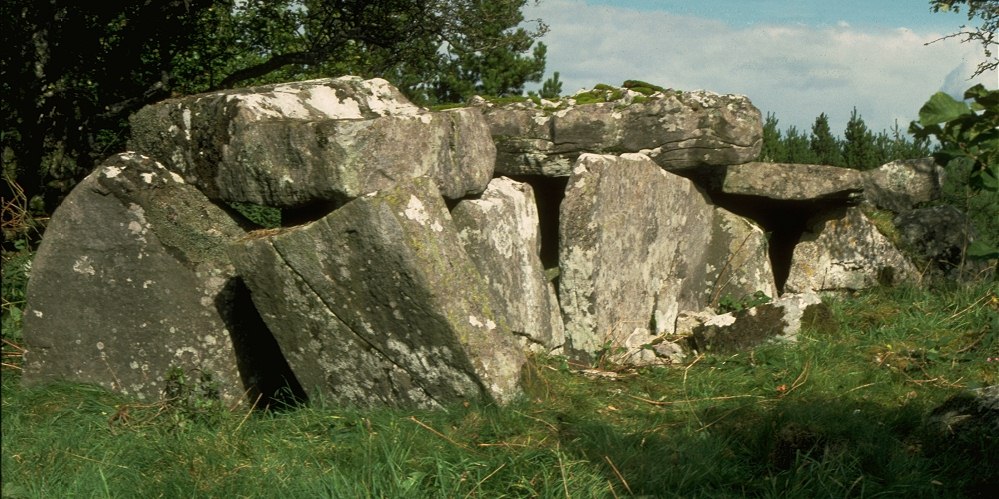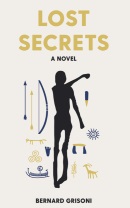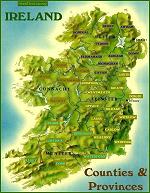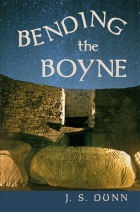<< Our Photo Pages >> Giants Leap Wedge Tomb - Wedge Tomb in Ireland (Republic of) in Co. Cavan
Submitted by Anthony_Weir on Wednesday, 25 October 2017 Page Views:
Neolithic and Bronze AgeSite Name: Giants Leap Wedge Tomb Alternative Name: Cavan Burren, The Giant's Grave, LegaloughCountry: Ireland (Republic of) County: Co. Cavan Type: Wedge Tomb
Nearest Town: Sligo Nearest Village: Blacklion
Map Ref: H0787435232
Discovery Map Number: D26
Latitude: 54.265891N Longitude: 7.879903W
Condition:
| 5 | Perfect |
| 4 | Almost Perfect |
| 3 | Reasonable but with some damage |
| 2 | Ruined but still recognisable as an ancient site |
| 1 | Pretty much destroyed, possibly visible as crop marks |
| 0 | No data. |
| -1 | Completely destroyed |
| 5 | Superb |
| 4 | Good |
| 3 | Ordinary |
| 2 | Not Good |
| 1 | Awful |
| 0 | No data. |
| 5 | Can be driven to, probably with disabled access |
| 4 | Short walk on a footpath |
| 3 | Requiring a bit more of a walk |
| 2 | A long walk |
| 1 | In the middle of nowhere, a nightmare to find |
| 0 | No data. |
| 5 | co-ordinates taken by GPS or official recorded co-ordinates |
| 4 | co-ordinates scaled from a detailed map |
| 3 | co-ordinates scaled from a bad map |
| 2 | co-ordinates of the nearest village |
| 1 | co-ordinates of the nearest town |
| 0 | no data |
Internal Links:
External Links:
I have visited· I would like to visit
macd visited on 1st Aug 2014 - their rating: Cond: 5 Amb: 5 Access: 4 Incredible area, but you really need a guided tour to understand what is going on, or at least download Gaby and Jim's amazing book - .pdf link on this website. The area is littered with modified boulders, field systems, hut sites etc in a wild and beautiful location, so get your walking boots on, take a picnic and explore. There's a small visitor centre and parking but no toilets, cafe or anything. Don't let that put you off - it's an enchanting area with so much to see and a credit to the local people (Gaby & Jim in particular) who noticed and recorded features hitherto unrecognised by the archaeological community. It pays to keep your eyes - and minds - open!

NOTE: ‘Burren’ comes from the Irish for a stony place, and is a not-uncommon place-name. This tomb is not in THE Burren of county Clare, where there are dozens of typical Irish wedge-tombs.
The gallery is covered by 5 roofstones, 3 of which cover the main chamber, and one of which has chock-stones. The front capstone has a series of depressions which may be artificial cup-marks. Two of the front orthostats of the façade lean together to form a triangular entrance to the antechamber. The septal slab has a gap at the bottom of the N end which seems artificial. The tomb resembles some of the large gallery-tombs (allées-couvertes) of France, and is well worth the trouble of searching for.
It can also be approached from the county Fermanagh side, via a lane leading SW from the ‘Marlbank Scenic Loop’ to the forest fence.
The stones visible on the skyline to the S of the wedge-tomb are the remains of the forecourt of a court-tomb in Legalough. Beyond this again is another wedge-tomb, more typically Irish than that of Burren.
~ 2.4 km ENE, in county Fermanagh is Clyhannagh single-court tomb whose gallery is distinctly kinked – suggesting that a two-chambered megalithic kist was enlarged by the addition of two more chambers and a forecourt.
~ 5.6 km NNW, also in county Fermanagh, on the other side of Lough Macnean Upper, 500 metres N of the Belcoo-Garrison road (H 062401) is Kilrooskagh portal-tomb, which must have been spectacular before its 3 x 2.4 metre capstone collapsed. Only three other stones survive.
Note: Burren-Marlbank - A Prehistoric Monumental Landscape by Gaby Burns and Jim Nolan - an important new ebook which sheds light on a little known aspect of megalithic architecture and its association with nearby rock art and boulder monuments. Details and free download in the comments on our page and more to come soon as we look to add more of these enigmatic sites to the Megalithic Portal.
You may be viewing yesterday's version of this page. To see the most up to date information please register for a free account.
Do not use the above information on other web sites or publications without permission of the contributor.
Nearby Images from Geograph Britain and Ireland:

©2014(licence)

©2014(licence)

©2014(licence)

©2014(licence)

©2014(licence)
The above images may not be of the site on this page, they are loaded from Geograph.
Please Submit an Image of this site or go out and take one for us!
Click here to see more info for this site
Nearby sites
Click here to view sites on an interactive map of the areaKey: Red: member's photo, Blue: 3rd party photo, Yellow: other image, Green: no photo - please go there and take one, Grey: site destroyed
Download sites to:
KML (Google Earth)
GPX (GPS waypoints)
CSV (Garmin/Navman)
CSV (Excel)
To unlock full downloads you need to sign up as a Contributory Member. Otherwise downloads are limited to 50 sites.
Turn off the page maps and other distractions
Nearby sites listing. In the following links * = Image available
439m W 274° Tullygobban Wedge Tomb* Wedge Tomb (H0743435259)
582m W 262° Boulder Grave* Chambered Tomb
583m W 262° Calf house Portal Tomb* Portal Tomb (H0729535148)
779m SW 224° Boulder Monument PB48* Natural Stone / Erratic / Other Natural Feature (H0733234670)
788m SW 225° Boulder Monument PB46* Natural Stone / Erratic / Other Natural Feature (H0731934670)
1.7km SE 132° The Dumbies Court Tomb (H09123413)
2.3km SW 236° Moneygashel* Stone Fort or Dun (H0594933908)
3.2km NW 323° St Brigid' Stones Stone Row / Alignment (H059378)
3.2km NW 323° Killinagh* Rock Art (H059378)
3.3km ESE 112° Tromogagh Stone Circle (H110340)
4.8km N 2° Cloghbrack Stone Circle (H080400)
5.0km NNW 340° Kilrooskagh Portal Tomb (H06143998)
6.5km NNW 343° Toppan Stone Circle (H060415)
6.7km NNW 343° Cloghastuckane Stone Circle (H059416)
8.3km NW 324° Corraderrybrock Stone Circle (H030420)
8.4km NNE 12° Aghanaglack Court Tomb (H096435)
9.6km ESE 110° Aghatirourke Stone Circle (H1692831965)
10.0km NNE 27° Reyfad Stones Stone Row / Alignment (H124442)
11.1km E 91° Greenan Stone Circle (H190350)
11.1km NW 313° Corracloona* Court Tomb (G997428)
13.2km NNE 29° Ross Lough Crannog (H14294677)
15.1km N 359° Rossinure More Court Tomb (H07715039)
15.3km N 357° Rossinure Beg Court Tomb (H06915053)
16.0km NW 317° Kilcoo Stone Circle (G970470)
16.1km N 357° Doagh Glebe Promontory Fort / Cliff Castle (H0709051350)
View more nearby sites and additional images







 We would like to know more about this location. Please feel free to add a brief description and any relevant information in your own language.
We would like to know more about this location. Please feel free to add a brief description and any relevant information in your own language. Wir möchten mehr über diese Stätte erfahren. Bitte zögern Sie nicht, eine kurze Beschreibung und relevante Informationen in Deutsch hinzuzufügen.
Wir möchten mehr über diese Stätte erfahren. Bitte zögern Sie nicht, eine kurze Beschreibung und relevante Informationen in Deutsch hinzuzufügen. Nous aimerions en savoir encore un peu sur les lieux. S'il vous plaît n'hesitez pas à ajouter une courte description et tous les renseignements pertinents dans votre propre langue.
Nous aimerions en savoir encore un peu sur les lieux. S'il vous plaît n'hesitez pas à ajouter une courte description et tous les renseignements pertinents dans votre propre langue. Quisieramos informarnos un poco más de las lugares. No dude en añadir una breve descripción y otros datos relevantes en su propio idioma.
Quisieramos informarnos un poco más de las lugares. No dude en añadir una breve descripción y otros datos relevantes en su propio idioma.